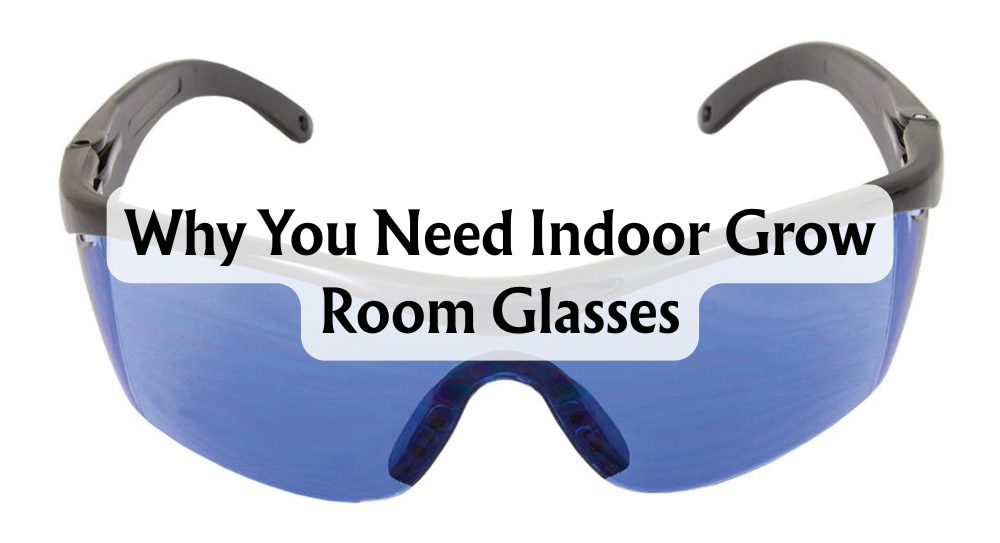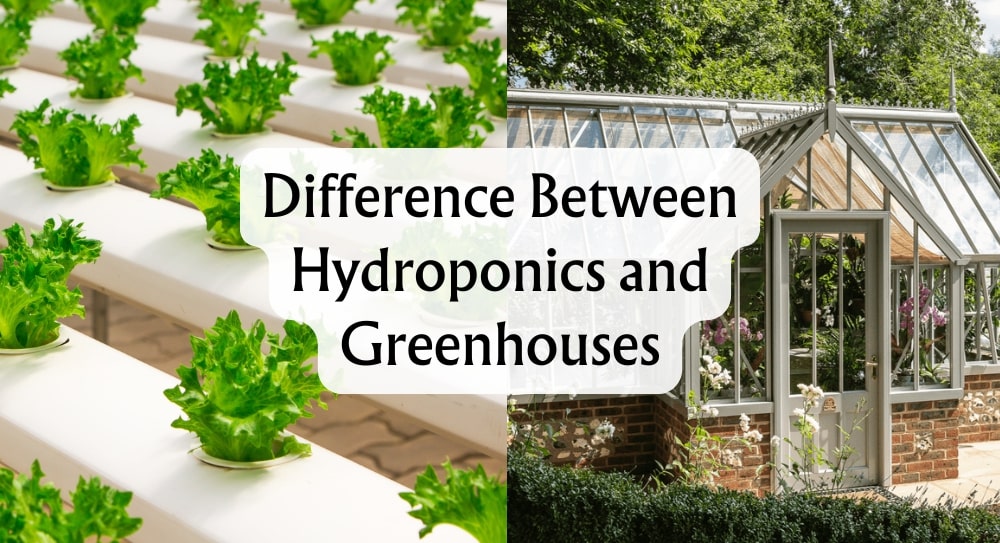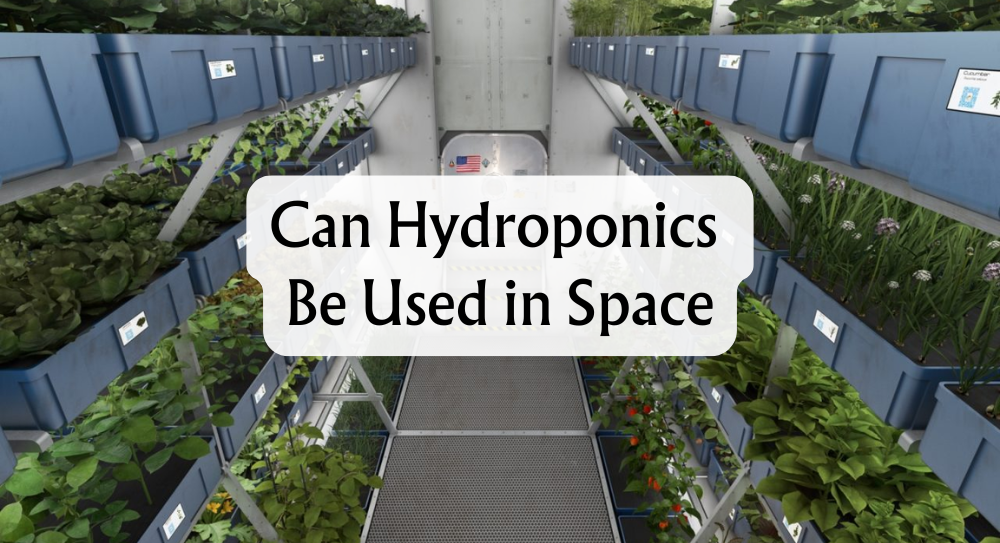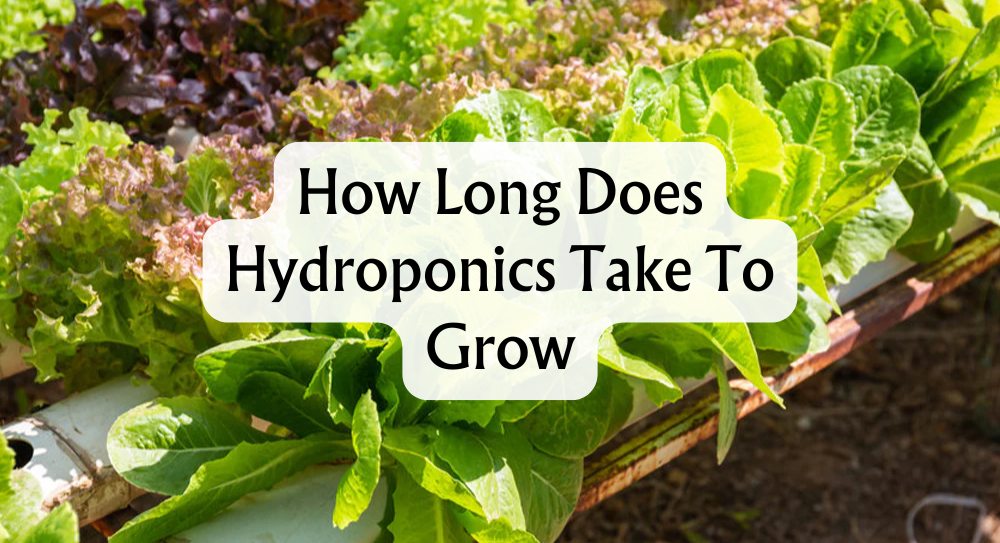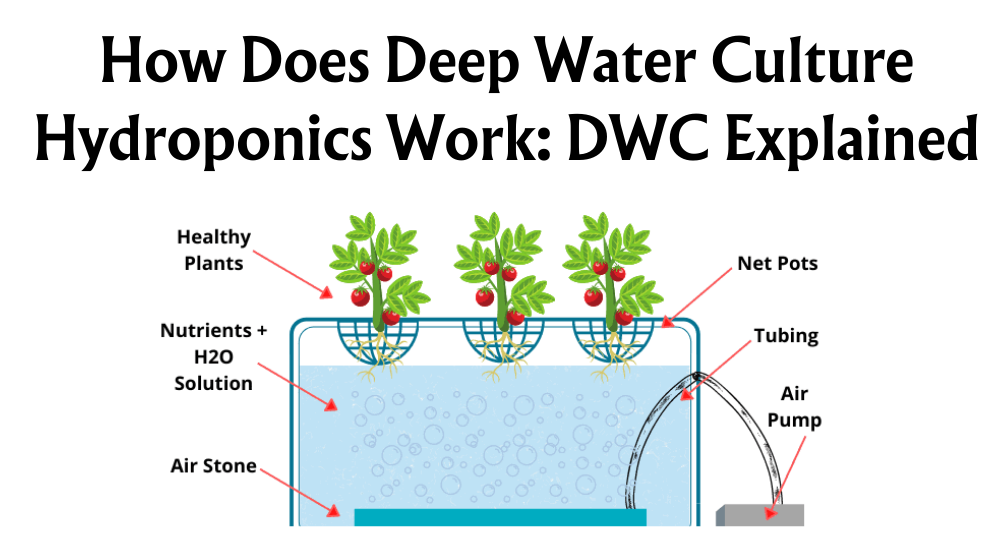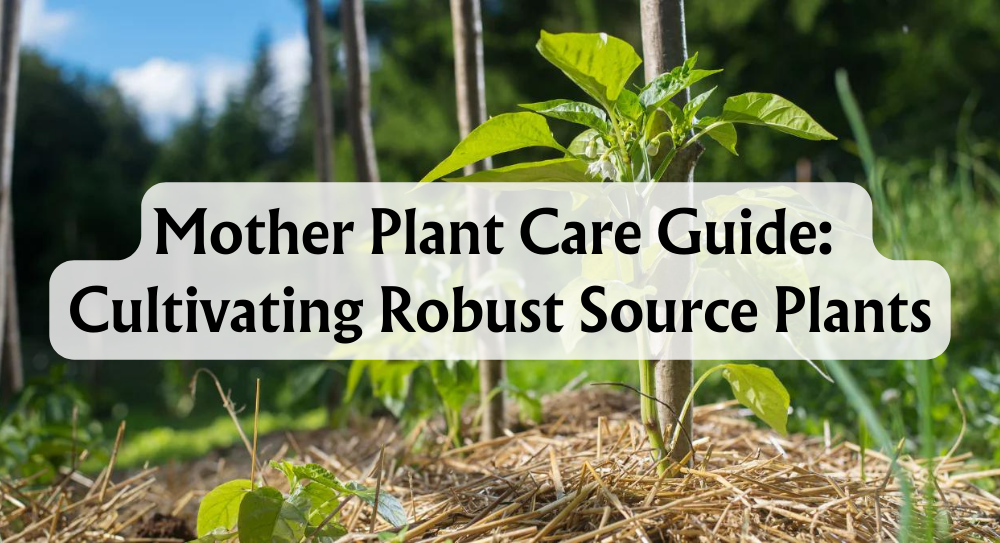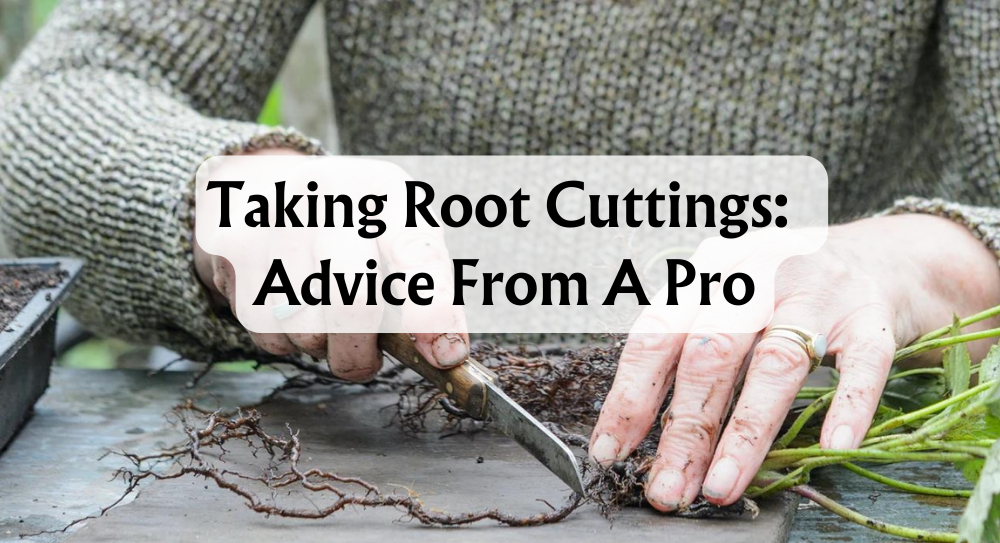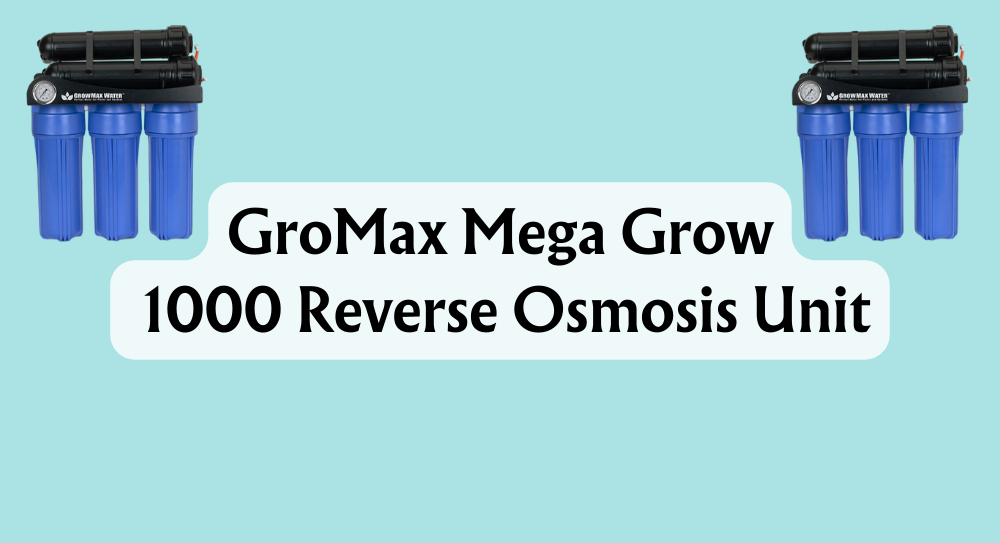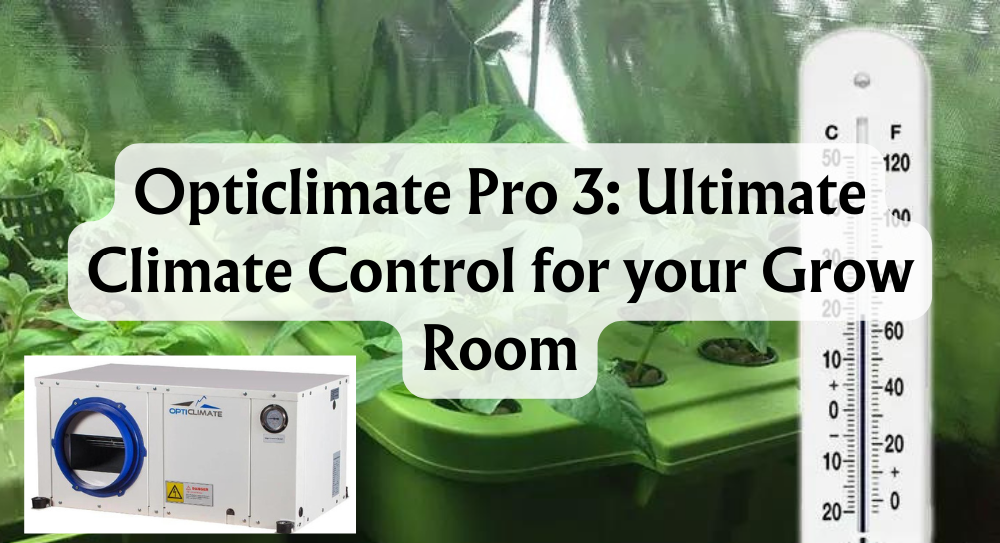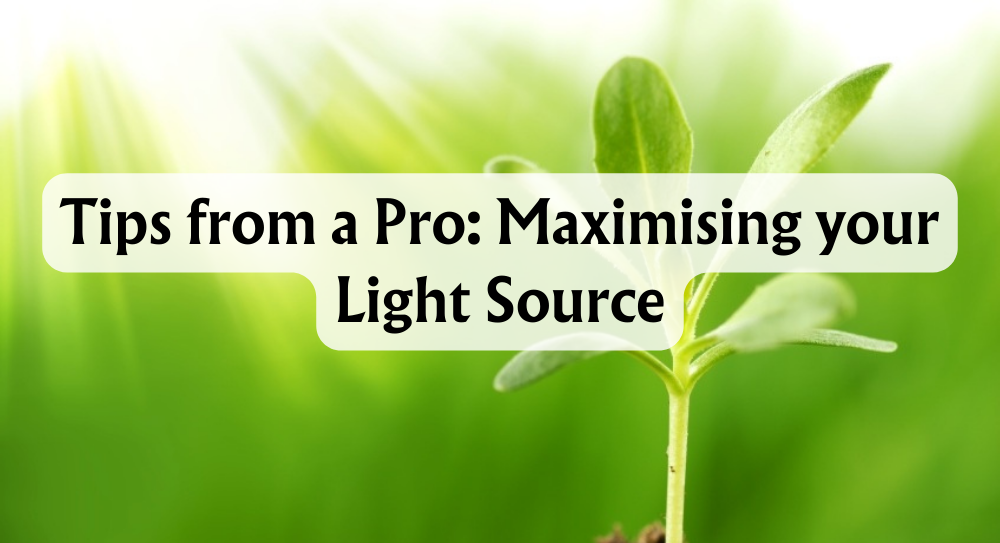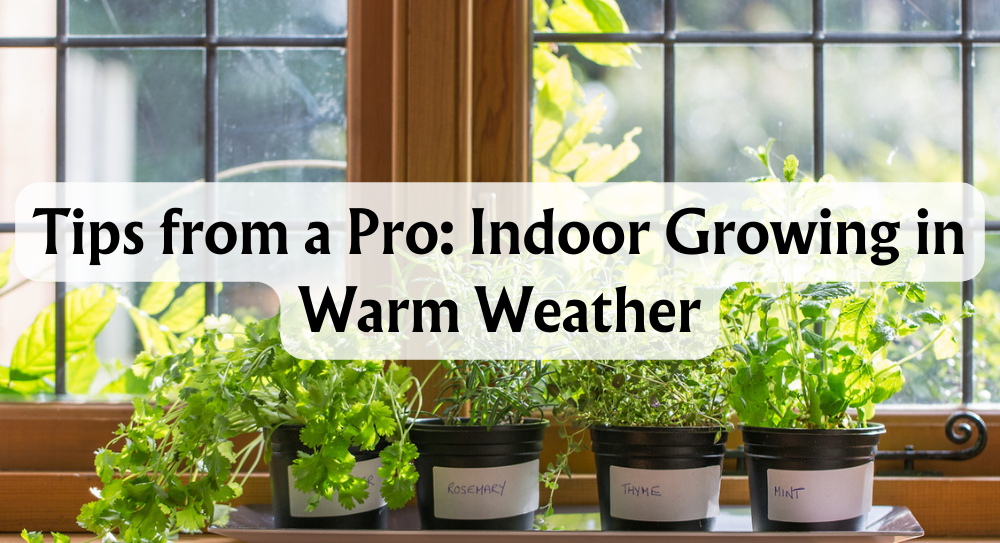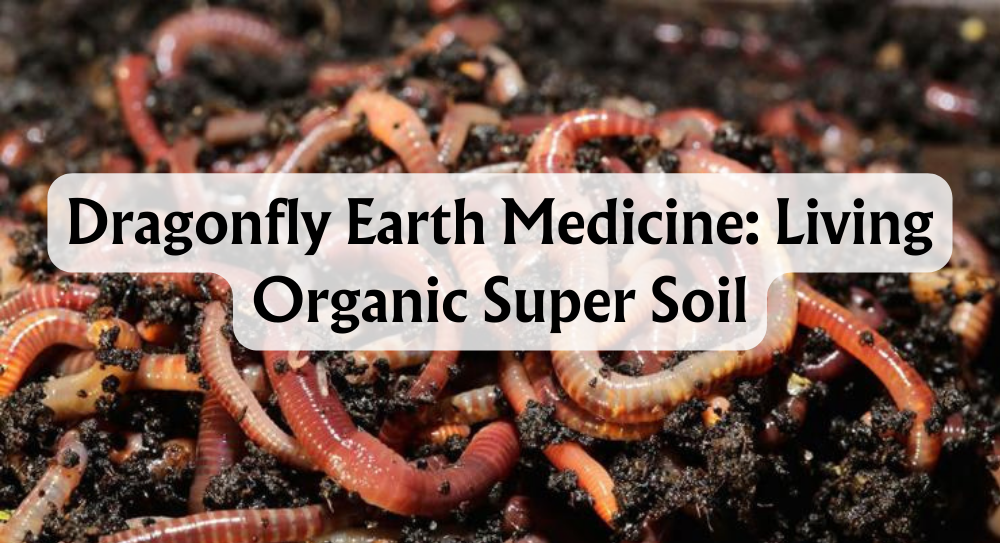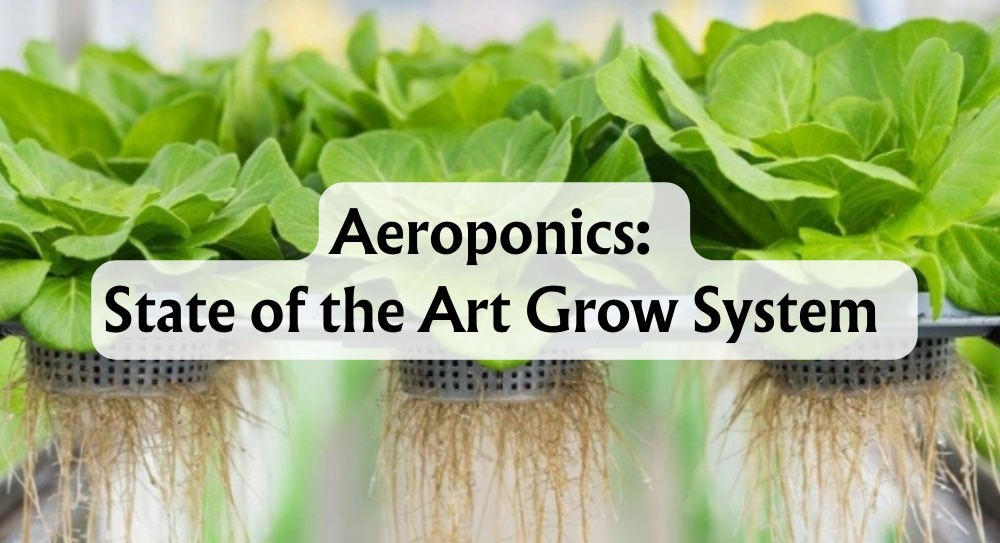Why You Need Indoor Grow Room Glasses
Our eyes are remarkable, capable of perceiving millions of colors, adapting to various light intensities, and providing depth perception. However, in indoor growing environments, where powerful artificial lighting is necessary for plant health, our eyes can become strained and even sustain long-term damage. Let’s take a closer look at how our eyes function, the impact of grow lights on eye health, and why investing in specialized indoor grow room glasses—such as those from Method Seven—is essential for protection.
How the Eye Processes Light
The human eye is a delicate, highly specialized organ that captures and translates light into visual information for the brain. Light first enters through the cornea, passes through the pupil (which adjusts based on brightness), and is focused by the lens onto the retina at the back of the eye. The retina, composed of light-sensitive cells, processes this information and transmits it to the brain via the optic nerve.
In grow rooms, where high-intensity artificial lighting is used, the eye must cope with excessive brightness and unnatural wavelengths. Common types of grow lights—such as full-spectrum LEDs, High-Pressure Sodium (HPS), and Metal Halide (MH)—emit intense spectrums designed for plant growth. While plants thrive under these lights, the human eye can experience strain, discomfort, and even potential long-term harm from extended exposure.
Why Indoor Grow Room Glasses
Specialized indoor grow room glasses safeguard your vision against the harsh, potentially harmful lighting found in grow environments. Without adequate eye protection, prolonged exposure to these intense artificial lights can lead to eye strain, headaches, blurred vision, retinal stress, and even conditions like cataracts over time.
Grow room glasses from brands such as Method Seven are engineered to filter out harmful wavelengths while preserving accurate color perception. Unlike standard sunglasses, which simply reduce brightness, these glasses correct the color spectrum, allowing you to see your plants as they truly appear while reducing eye strain and improving overall comfort.
Relationship Between Color Spectrums and Eye Health
Different grow lights emit varying spectrums of light, each presenting unique challenges to eye health:
- LED Grow Lights: LEDs are known for their efficiency and customizability, often emitting a mix of red, blue, and white light. However, the blue light component can be particularly harsh, contributing to eye fatigue and potential retinal damage with prolonged exposure.
- High-Pressure Sodium (HPS) Lights: These lights emit a strong yellow and orange glow, which can create significant glare and make it difficult to perceive true plant colors. This distortion not only strains the eyes but can also hinder accurate plant assessments.
- Metal Halide (MH) Lights: MH lights provide a broader spectrum, with a heavy blue component that can be just as taxing on the eyes as LED lighting. Extended exposure may result in eye strain and retinal stress.
While these lighting spectrums are optimized for plant growth, they can pose risks to human eyesight, leading to short-term discomfort and long-term deterioration without proper protection.
The Right Grow Room Glasses
Choosing the appropriate eyewear depends on the type of grow lights in your environment. Method Seven, for example, offers a range of specialized lenses tailored to different lighting conditions:
- LED-Specific Glasses: These are designed to counteract the intense blue light emitted by LED grow lights, restoring a balanced spectrum for comfortable and accurate plant observation.
- HPS-Specific Glasses: For those working under HPS lights, these glasses filter out the overwhelming yellow-orange hue, allowing growers to see their plants in a more natural tone. This enhances both eye comfort and the ability to diagnose plant health issues like nutrient deficiencies or pest infestations.
- Full-Spectrum Glasses: If your grow setup includes multiple types of lighting, full-spectrum glasses provide broad protection across various wavelengths, making them ideal for diverse growing environments.
Enhancing Eye Protection and Plant Care
Beyond protecting your vision, specialized grow room glasses also improve your ability to tend to your plants. True color perception allows for more accurate detection of plant health issues, such as discoloration from nutrient imbalances or pest damage. Without the right eyewear, these subtle signs might go unnoticed, potentially affecting crop yields and plant vitality.
Additionally, wearing proper grow room glasses significantly reduces eye strain and fatigue. Many growers spend hours tending to their plants, and prolonged exposure to intense artificial lighting without protective eyewear can result in headaches and difficulty focusing even after leaving the grow room.
Conclusion
The human eye is not naturally equipped to handle prolonged exposure to artificial grow lights. Investing in high-quality indoor grow room glasses is an essential step toward ensuring both comfort and long-term ocular health. Whether you're using LED, HPS, or MH lights, the right eyewear will protect your vision and enhance your growing experience.
Brands like Method Seven have developed lenses specifically for indoor growers, offering both protection and accurate color perception. Don’t take unnecessary risks—equip yourself with the right tools to safeguard both your plants and your eyesight.







 Store Locator
Store Locator
